World Heritage Sites are by definition, natural or cultural areas that have been designated by the United Nations Educational, Scientific, And Cultural Organization (UNESCO) as areas of significant universal value and that are important to generations, countries, and humanity itself. There are several commonly known UNESCO world heritage sites in Africa and also uncommon world heritage sites across the continent, and we will get to know a part of them. But before that, let’s understand better what it means to be a World Heritage Site.
World Heritage Sites, A Litte Bit of History.
After the 2nd World War, Egypt decided to build a dam on the Nile River in 1954. This dam, known today as the Aswan High Dam would lead to the flooding of a large portion of the Nile River valley.
This resulting reservoir would lead to the submergence and destruction of several cultural treasures of both ancient Nubia and Egypt.
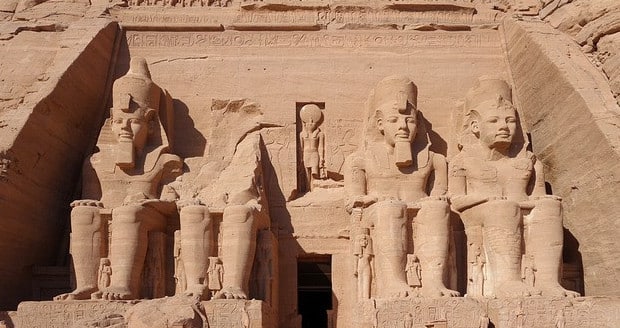
The governments of Egypt and Sudan called out to UNESCO to aid in the rescue and protection of these cultural and historical treasures.
In 1960, UNESCO started the International Campaign To Save The Monuments of Nubia. This campaign which successfully ended in 1980, ensured the excavation and documentation of very many sites, the rescue and relocation of several significant temples to higher ground, and the recovery of thousands of important artifacts.
The success of this project triggered a conversation on safeguarding such cultural heritage sites. Together with other bodies and countries, UNESCO developed a draft convention, which was eventually agreed upon in 1972 at a UNESCO general conference.
The intention of this convention was to protect and preserve the places that are considered of outstanding value to all of humanity.
What is a world heritage site?
As stated above, world heritage sites must be sites of outstanding value. That is, their significance either naturally or culturally transcends geographical boundaries and is important to future and present generations of humanity.
There are two classes of world heritage sites: natural and cultural heritage sites.
1. Natural heritage sites
These are areas that showcase major geological stages in the planet’s history. This history can be in numerous forms such as fossil remains.
These sites can also contain perfect instances of current or ongoing biological or ecological evolutionary processes.
They are also sites that contain outstanding natural beauty, with natural phenomena that are unique or rare. Finally, these are sites that are habitats for endangered or rare plants and animals.
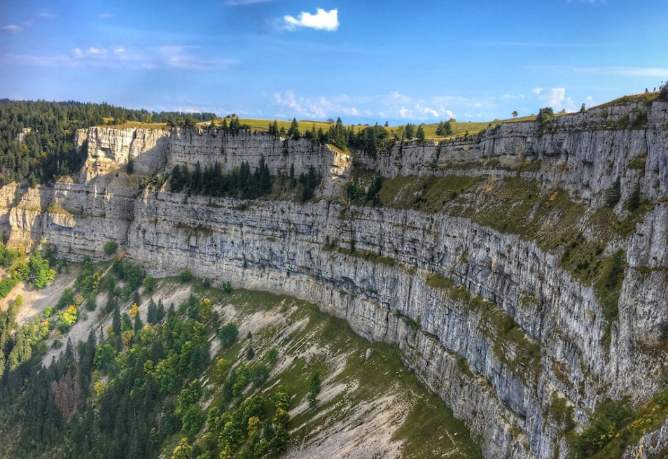
2. Cultural heritage sites
Cultural sites are those that showcase the masterpiece of human creativity or the exchange of human values over a long period of time.
This exchange is shown in the form of architecture, technology, landscape design, or cities.
These sites need to show the presence of an important civilization whether extinct or still alive.
They can also be sites that reflect important stages of human evolution, sites in which usage of the land represents a cultural legacy, and that face irreversible changes.
Currently, there are more cultural heritage sites than natural heritage sites.
Meet Ghana’s Asante traditional buildings:
How are Heritage Sites Nominated and chosen
To begin with, only countries that are party to the world heritage convention can bring forth proposals on sites within their territories to be included on UNESCO’S world heritage list.
Currently, the convention is signed by 192 member states with the exception of the United States of America, Israel, and Liechtenstein.
Meet Virunga National Park; a protected area:
The selection process for a world heritage site usually happens in 5 stages:
1. Tentative List.
The first step is making the tentative list by the state parties. Countries make a list of their most important, valuable, or endangered sites (sites within their own borders) that have significant natural and cultural values.
This list of sites is known as the tentative list and provides a framework or forecast of what state parties may submit for inclusion in the world heritage sites list.
UNESCO cannot consider a site unless it is part of a member nation’s tentative list.
2. The Nomination File
The second step is the presentation of the nomination files on the sites on the tentative list. The nomination file or dossier is the official document submitted by state parties to UNESCO on the sites that are to be regarded for nominations.
The nomination file is extremely important as it is the basis on which the world heritage body and its advisory bodies use to make their decision.

The nomination file should clearly show the following:
- What the site is all about and its documentation.
- How the site has outstanding universal value.
- The site’s state of conservation and any factors affecting its conservation.
- How the property is to be monitored, presented, managed, conserved and protected in relation to it being a site of outstanding value.
After the nomination file is received and deemed complete, it is then sent to the necessary advisory bodies for the next step.
3. The Advisory Bodies
The nominated sites are then evaluated by two independent bodies on behalf of the World Heritage Convention.
These are the world conservation union ( IUCN) and the International Council on Monuments and Sites (ICOMOS). These two bodies give the world heritage committee evaluation of the natural and cultural sites chosen.
There is also a third advisory body that gives the world heritage committee with expert advice on the conservation efforts towards cultural sites.
This body is known as the International Centre for the Study of the Preservation and Restoration of Cultural Property (ICCROM).
4. The world heritage committee.
After the nomination and evaluation process, the next step is up to the world heritage committee which has the final decision.
The committee usually meets once a year to deliberate on the sites that will be added to the list. In later years, the committee officially announced the new designated sights in June or July.

5. The selection criteria
Finally, for sites to be included in the world heritage sites list, they must meet at least one of these criteria together with being of outstanding universal value.
There are 10 criteria that were adopted, and these are:
- Human creative genius.
The site represents a masterpiece of human creative genius. This criterion can relate to an example of a style that has evolved with a culture that has a high level of artistry, and technological skill, and is highly symbolic.
A good example is the Sydney Opera House in Australia and the Taj Mahal in India.
- Interchange of values.
The site exhibits an exchange of human values over a very long period of time on developments such as technology and architecture.
An example of such a site is the Palace of Versailles, France ( This palace represents the work and ideas of several generations of architects, painters, landscape artists, and sculptures in Europe). Also Fort Jesus in Mombasa, Kenya.
- Testimony to cultural tradition.
This site showcases a unique testimony to a civilization or cultural tradition that is living or went extinct. Examples include ancient Thebes and its Necropolis in Egypt.
- Significance in human history
This site illustrates an important development stage in human history. This might be a landscape, technological or architectural ensemble or building.
- Traditional human settlement.
This site showcases outstanding examples of human settlements. These settlements may be sea use or land use and are representative of human interaction with the environment, especially when such sites are threatened by irreversible changes such as flooding.
- Heritage is associated with events of universal significance.
These are sites that are directly associated with living traditions, events, beliefs, ideas, or literal and artistic works that are of outstanding value. (These particular criteria should be used in conjunction with other criteria for a more informed opinion).
- Natural phenomena or beauty.
These are sites of aesthetic importance and exceptional natural beauty.
- Major sites of Earth’s history
These are sites that showcase significant stages in Earth’s history, and this may include major ongoing geological activities in the growth of landforms, records of life, or significant physiographic features.
- Significant ecological and biological processes
These are sites that are significant examples of current biological and ecological processes in the development and evolution of marine, coastal, freshwater, and terrestrial communities of animals and plants.
- A major natural habitat for biodiversity.
These are important sites that contain habitats for threatened species and are important habitats for the conservation of biological diversity.
What are the advantages of being a World Heritage Site?
There are a few advantages that come with the addition of a site to the world heritage sites list. The addition of a site leads to an increase in tourism.
World heritage sites are very attractive to tourists as they are the marker of something unique and authentic. For many countries, any site that is designated as a world heritage site is a source of economic benefits
Since world heritage sites are declared as sites of outstanding value, then the general consensus is that they need protection and preservation.
Sites are thus eligible to receive funding for preservation efforts and will also have access to global project management tools to assist in repairs when needed.
Sites are also protected from destruction during periods of war, under the Geneva Convention.
The same sites are also not allowed to be used during military campaigns as they are an outstanding example of how recognizing nature, culture and art can transcend political differences and geographical borders.

A Top List Of Unesco World Heritage Sites in Africa.
Now that we know a little bit more about world heritage sites, here is a list of the world heritage sites that are found in Africa.
In Africa there are 147 world heritage sites, which may be too numerous to list here, instead, we will have a list of some sites that are a must-visit and common.
- South Africa, including:
=> Isimangaliso wetland park.
=> Robben island
=> Fossil Hominid Sites of South Africa
- Angola
- Mbaza Kongo. Vestiges of the capital of the former kingdom of Kongo
- Benin
- Royal palaces of Abomey.
- W-Arly-Pendjari complex
- Botswana
- Okavango Delta.
- Congo
- Sangha Trinational.
- Democratic Republic of the Congo.
- Virunga National Park
- Ethiopia
- Aksum.
- Lower valley of the Awash
- Lower valley of the Omo
- Gambia
- Kunta Kinteh Island and related sites.
- Ghana
- Asante traditional buildings
- Kenya
- Kenya Lake system in the great rift valley.
- Lamu old town
- Mount Kenya national park and natural forest
- Madagascar
- Rainforests of the Atsinanana
- Tsingy de Bemaraha strict nature reserve.
- Mali
- Timbuktu
- Mozambique
- Island of Mozambique
- Nigeria
- Osun-Osogbo sacred groove
- Senegal
- Djoudj National Bird Sanctuary.
- Seychelles
- Aldabra Atoll
- Uganda
- Bwindi Impenetrable national park
- Rwenzori mountains national park
- Tanzania
- Stone town of Zanzibar
- Serengeti national park
- Ngorongoro conservation area
- Sealous game reserve
- Zambia
- Victoria Falls
- Zimbabwe
- Mana Pools National Park, Sapi and Chewore safari areas.
All of these will be discussed on my website in due time!
Want to find the best binoculars for a safari? Check out my blog post here!
My Final Conclusion.
I hope that you found this blog post on UNESCO world heritage sites in Africa interesting, but if you any other questions, please feel free to leave them down below in the comment section or join me on (one of) my social media channels.
I wish you happy travels!
Kind regards,
Lizzy
I now have a YouTube channel as well!
YouTube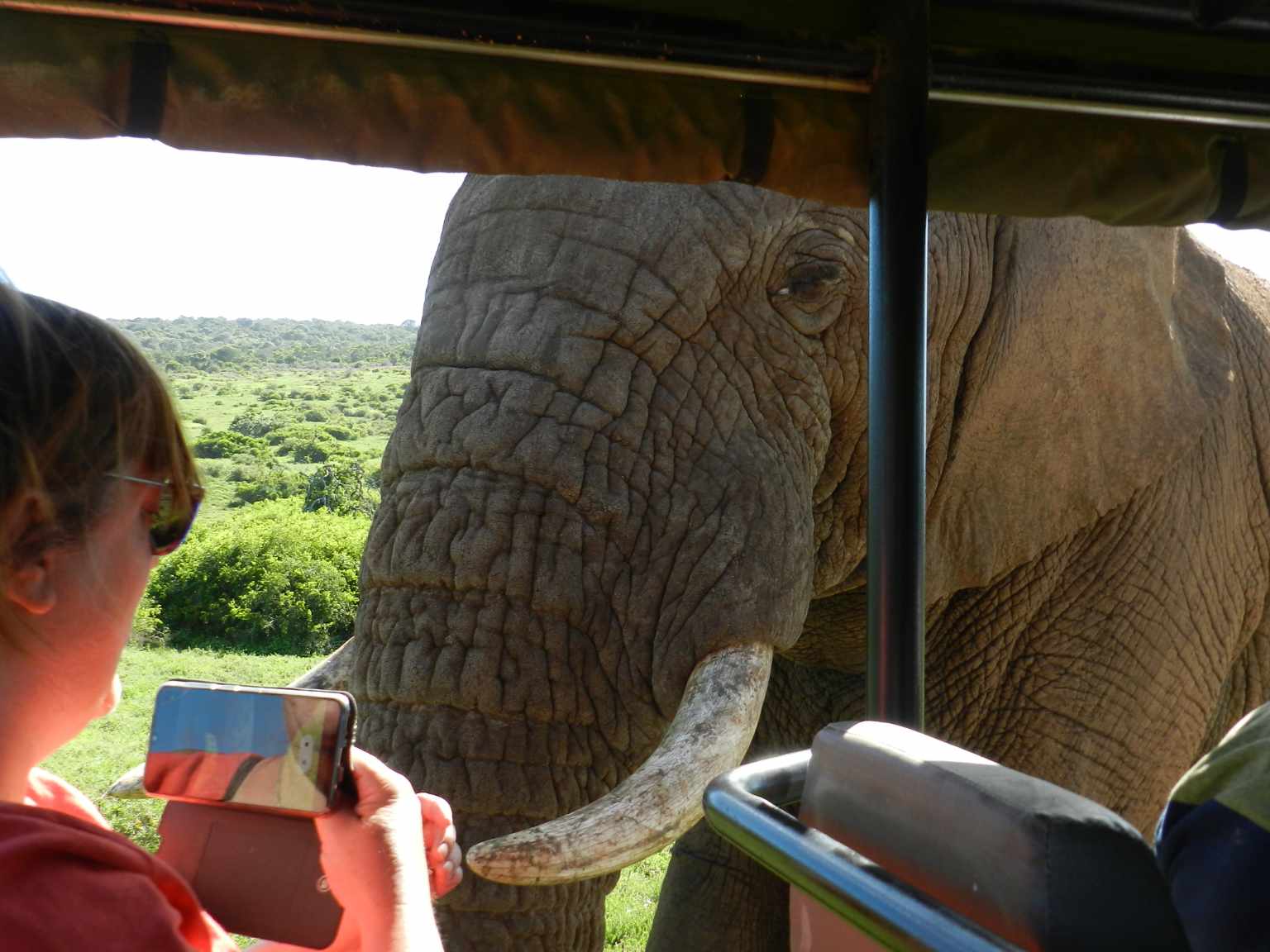
Hello Africa travellers!
Who am I? Well, the least you can say is that I am quite crazy about Africa, its nature, its climate, its culture, and more.
As a young woman in my twenties, I had already traveled to several African countries by traveling along in an overlander on my own and mostly camping ( or glamping ) and just fell in love with the diversity of it all.
So much, so that at the age of 26, I went back to university to study biology, which, unfortunately, I couldn’t finish because of health reasons (yes, I got sick from a tropical disease, oh cynicism). But this did not stop my dream of traveling back to Africa several times, and I still do.
My dream was back then to leave Europe and go study animal behavior, especially the elephants (sure, that’s every girl’s dream haha), but I am also very much intrigued by hyenas and other “ugly African animals“.
So, I “kind of” have a little bit of a scientific approach to my articles, when I write about African birds, for example. And most of all: the passion.
But life goes on, you move from one side of the country to the other, you get sick again and top it off with lower back problems, and before you know it, you are over 50 hahaha!
Now, I still travel to Africa, but take it a bit “easier” than the good old camping days, and stay in comfortable, yet affordable accommodations, together with my husband Wouter.
These are some of the countries I have traveled to: Kenya, Tanzania, Zanzibar, Malawi, Zambia, Zimbabwe, South Africa, Namibia, Botswana, Tunisia, and a little bit of Lesotho LOL .
While clearly not being African territory, but Spanish, I also visited Gran Canaria and Tenerife, and location-wise, I consider them “African”, because of their climate and nature, sue me :-p
The last trip I took was to South Africa in the year 2023, and it sure got the fevers for Africa back! From the Barberton mountains to the Drakensberg and the Southcoast, one month wasn’t enough at all to see the whole country, so we’ll be back! At ease and with a little bit more luxury than in my younger days haha!
I wish you happy travels!
Kind regards
Lizzy

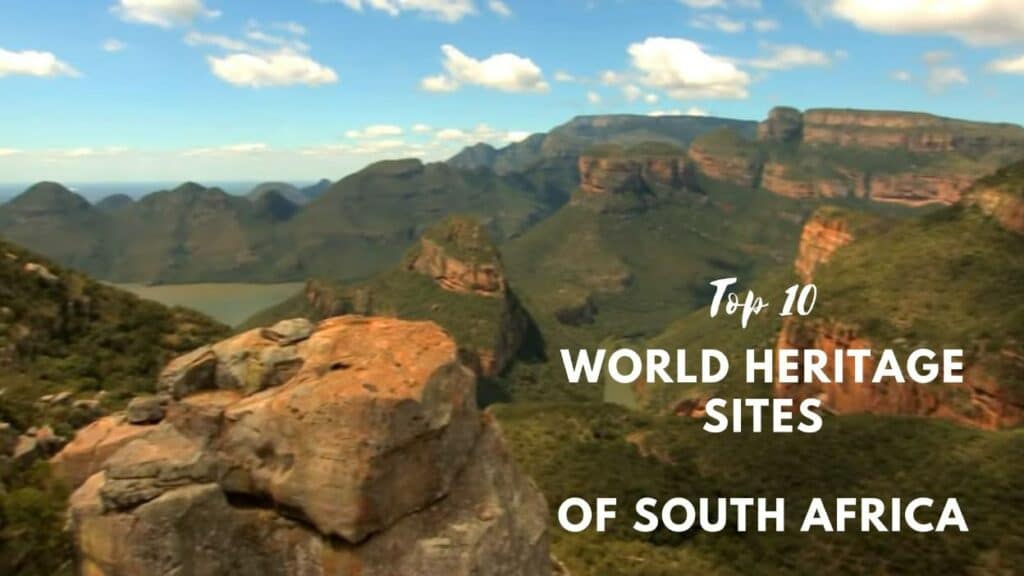
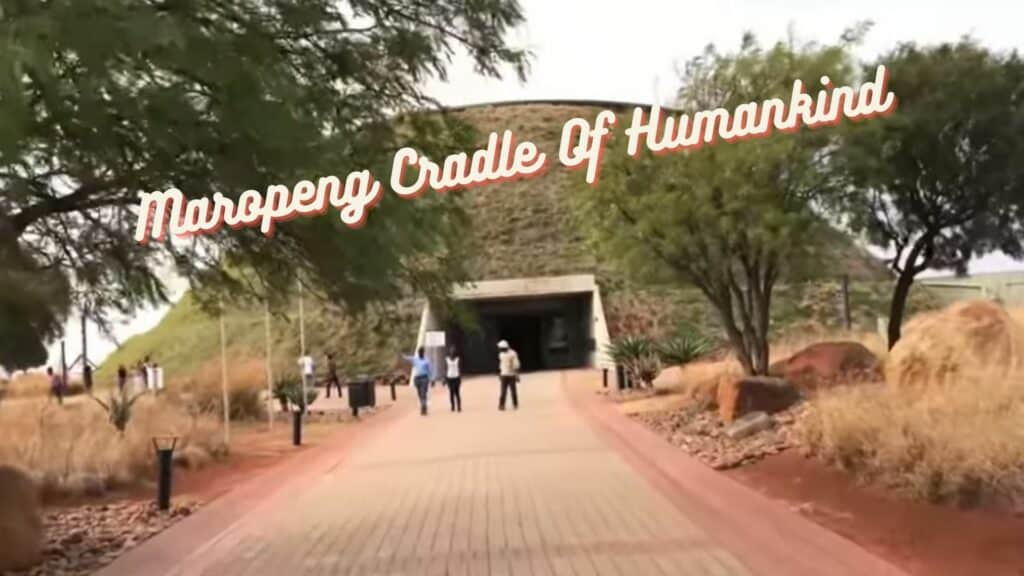
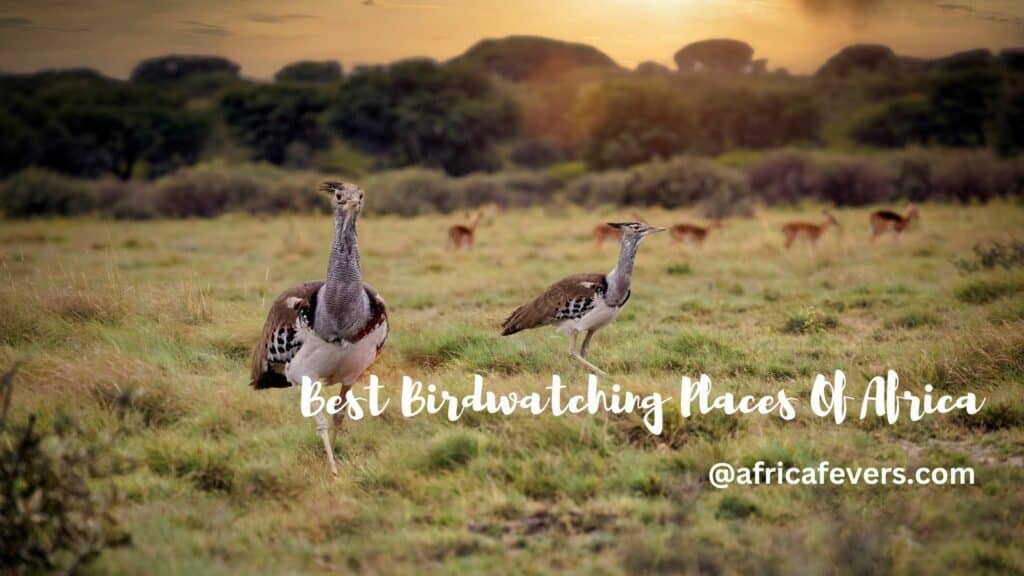
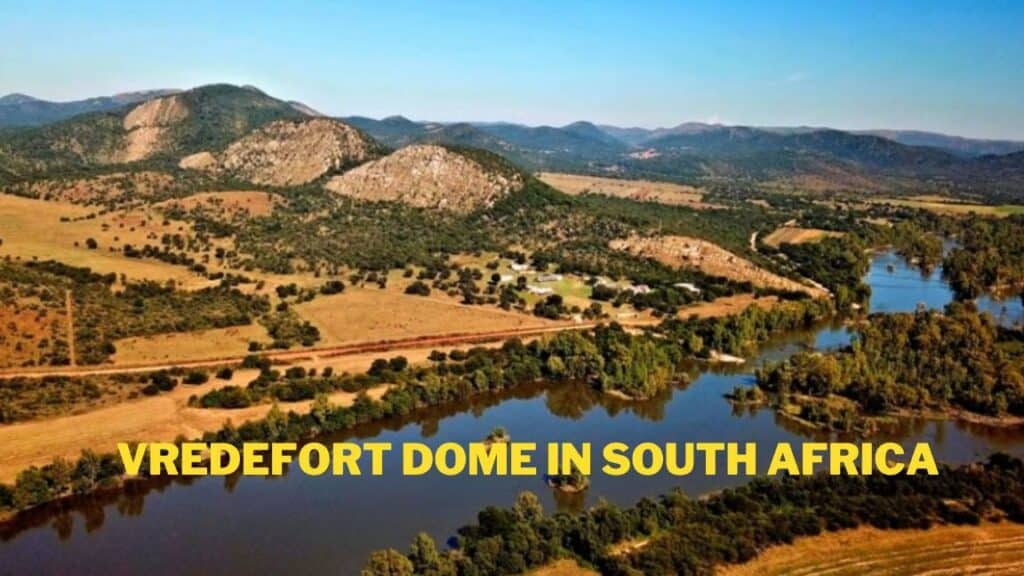

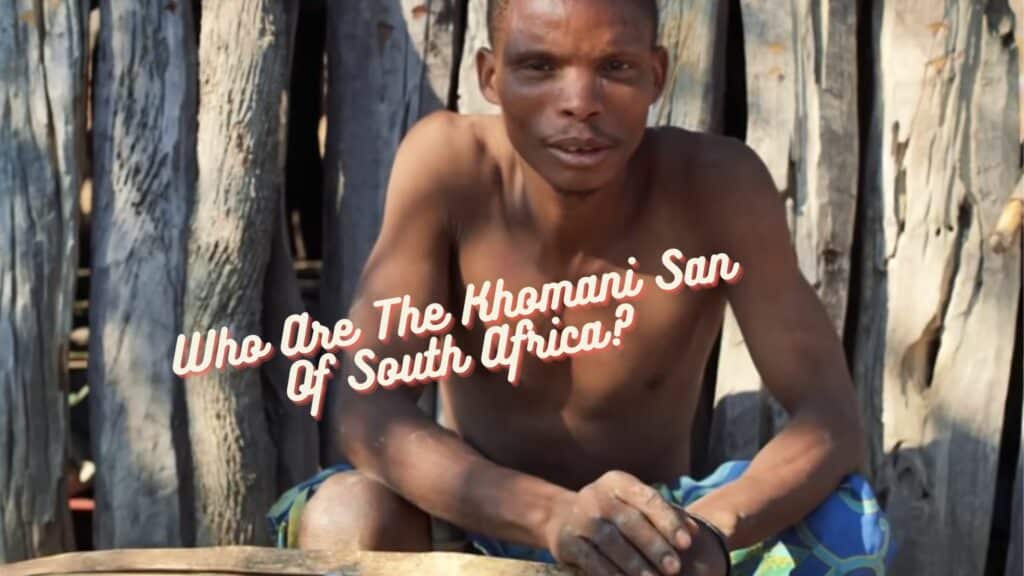
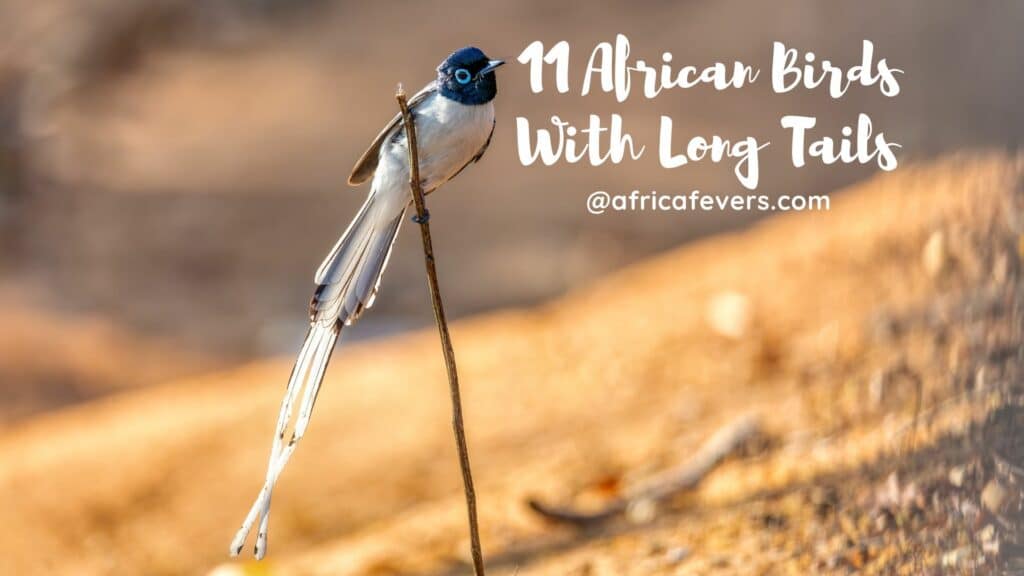
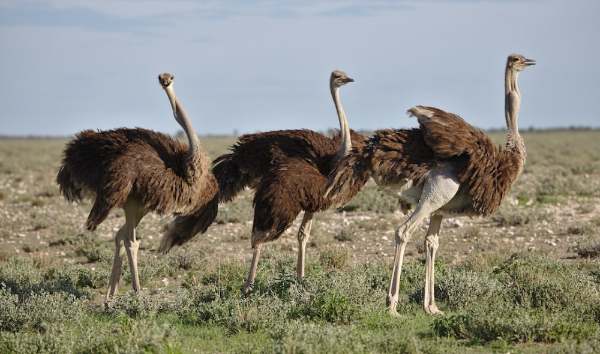
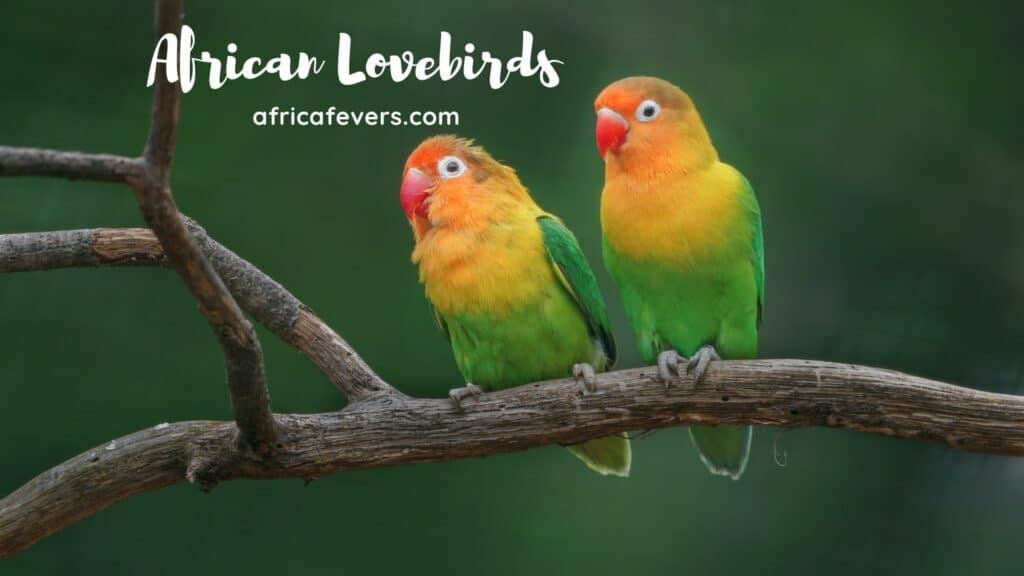
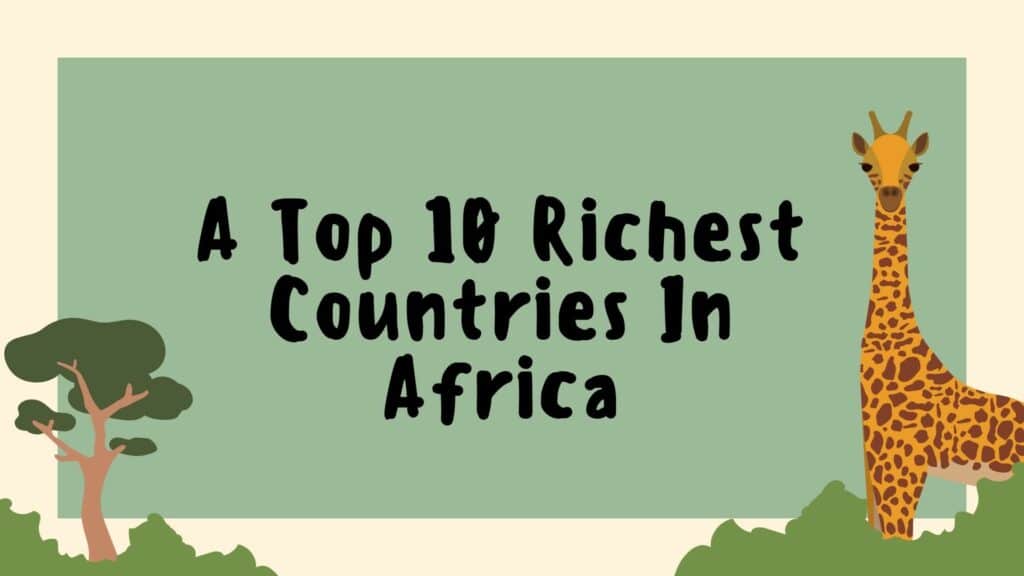
I enjoyed reading your article on world heritage sites. I didn’t know there are natural and cultural heritage sites and that sites are protected in times of war.
Your article was educational and it reinforced my opinion that world heritage sites are important for current and future generations. Great photos and informative videos.
Overall, a very professional standard posting.
Hi John
Thank you for the compliments and reading of my blog post, I hope that your travels to Africa will include the heritage sites?!
Kind regards,
Lizzy
This is such a comprehensive and well-researched post on UNESCO World Heritage Sites in Africa. Your historical account of how the concept of preserving heritage sites came to be is fascinating, particularly the role of the Aswan High Dam project. It is indeed important to protect and preserve these sites for future generations and their cultural significance can’t be overstated.
The differentiation between natural and cultural heritage sites and the criteria for designation is insightful. This post highlights the complexity of the nomination process and the rigorous considerations undertaken by UNESCO before recognizing a site.
The discussion on the economic, environmental, and cultural benefits of becoming a World Heritage Site sheds light on the significant role these sites play in our societies. These sites not only enhance tourism but also stimulate local economies and promote conservation efforts.
I was particularly fascinated by the range of African heritage sites you’ve listed, from Angola’s Vestiges of the capital of the former kingdom of Kongo to Zimbabwe’s Mana Pools National Park. Africa’s cultural and natural diversity is remarkably displayed through these sites. It’s enlightening to learn about lesser-known sites, and this encourages further exploration and appreciation of Africa’s rich heritage.
On the other hand, while these sites are indeed invaluable, it’s essential to mention the challenges faced in their preservation. Factors such as conflict, illegal poaching, and sometimes over-tourism pose significant threats to these sites. It’s crucial that management strategies are continuously updated to counter these threats and ensure the sustainability of these precious sites.
Overall, thank you for your thoughtful and informative post. Your passion for preserving global history and culture is palpable and greatly appreciated. I look forward to reading more about each of these unique World Heritage Sites on your website. Safe travels!
Wow, thank you so much for your personal insights and compliments John, I hope you have safe travels as well!
Kind regards,
Lizzy